As if Lyme isn’t bad enough, what happens when it teams up with one or more co-infections? Fifty percent of chronic Lyme disease patients report having at least one co-infection. The most common one? Babesia.
Babesia and the Disease It Causes: Babesiosis
For some people, their initial Lyme symptoms are mild. In other words, you might just think to yourself, “I don’t feel very well.” But during my daughter Michaela’s bout with Lyme, her temperature spiked to 104 degrees.
Since babesiosis causes high fevers, Dr. McIntyre suspected the tick that bit her might also have infected her with that disease. She ordered LabCorp blood tests to try to discover the truth.
Meanwhile, I’d already been tested for Babesia at LabCorp, and the results were negative. But Dr. McIntyre suspected I still might have it. I’d been on antibiotics for over a month, and—besides flares—was feeling better. Yet I was still having symptoms that could be from babesiosis.
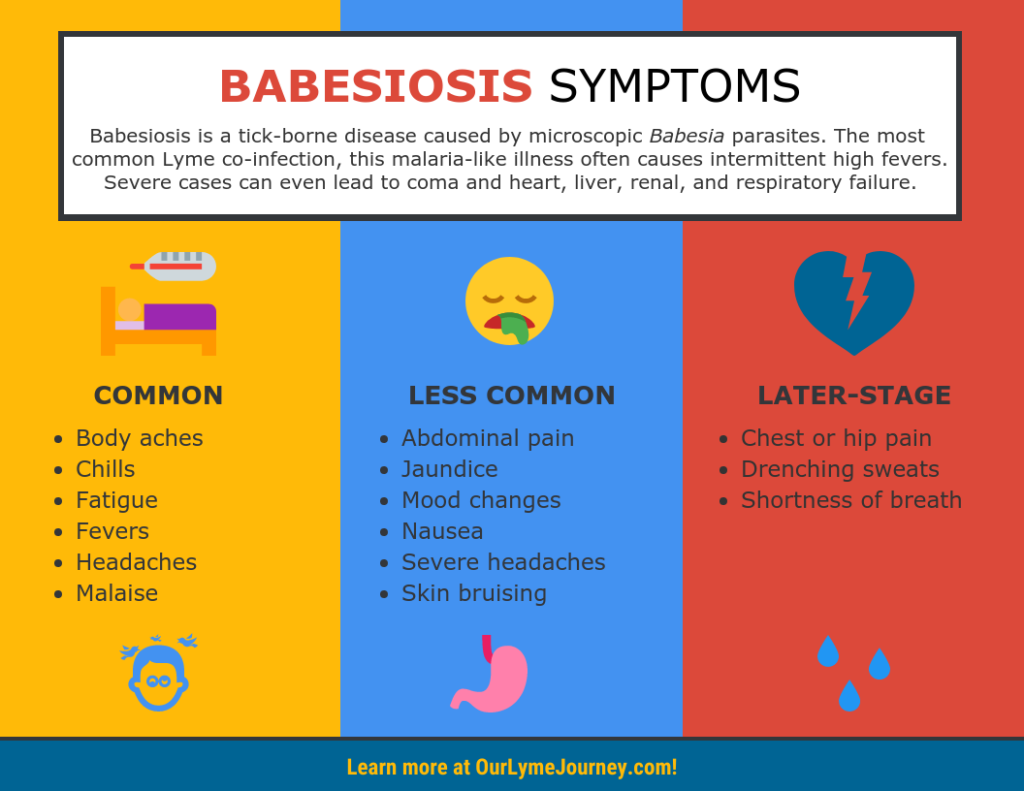
Plus, my low CD57 count hinted at babesiosis, and our neighbor had battled it, so we knew it was in our area.
As IGeneX says, “There are over 100 species of Babesia, with several affecting humans. If you test negative for one species of Babesia, you may still be infected with another species.”
Dr. McIntyre upped my doxycycline dosage and prescribed a new drug. “If you’re not well in ten days to two weeks, add atovaquone.”
Atovaquone, better known by the brand name Mepron, is an anti-parasite drug. Often used to treat malaria, it’s also the key drug used to treat babesiosis.
My Introduction to Atovaquone
I stalled as long as I could, but—by the end of the two weeks—I still wasn’t feeling great. So, I started taking the atovaquone. Little did I know what I was getting myself into.
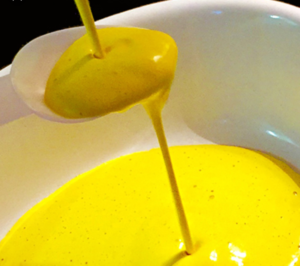
I opened the bottle and poured the neon yellow, paint-like liquid into my dosage cup. The smell? Fake fruit. The taste? Bitterness blanketed with a paper-thin sheet of artificial sweetener.
You know the face kids make the first time they eat a lemon? Well, imagine that face on me, but a whole lot worse.
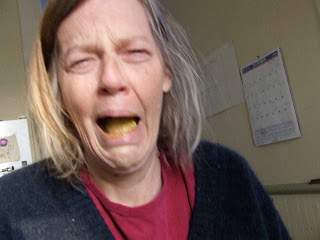
To exacerbate the situation, I soon learned—and experienced—one of atovaquone’s common side effects: nausea. Knowing the medicine would upset my stomach only made it that much harder to get it—and keep it—down.
For those taking atovaquone now, I suggest putting it into a syringe and shooting it into your mouth. This will help you swallow it as quickly as possible. Also, afterwards, have a drink ready to wash away the aftertaste.
As I started taking the atovaquone, we awaited the results of Michaela’s blood tests. Did she have this nasty co-infection with a cure that was almost as nasty? Click here to continue reading our story!

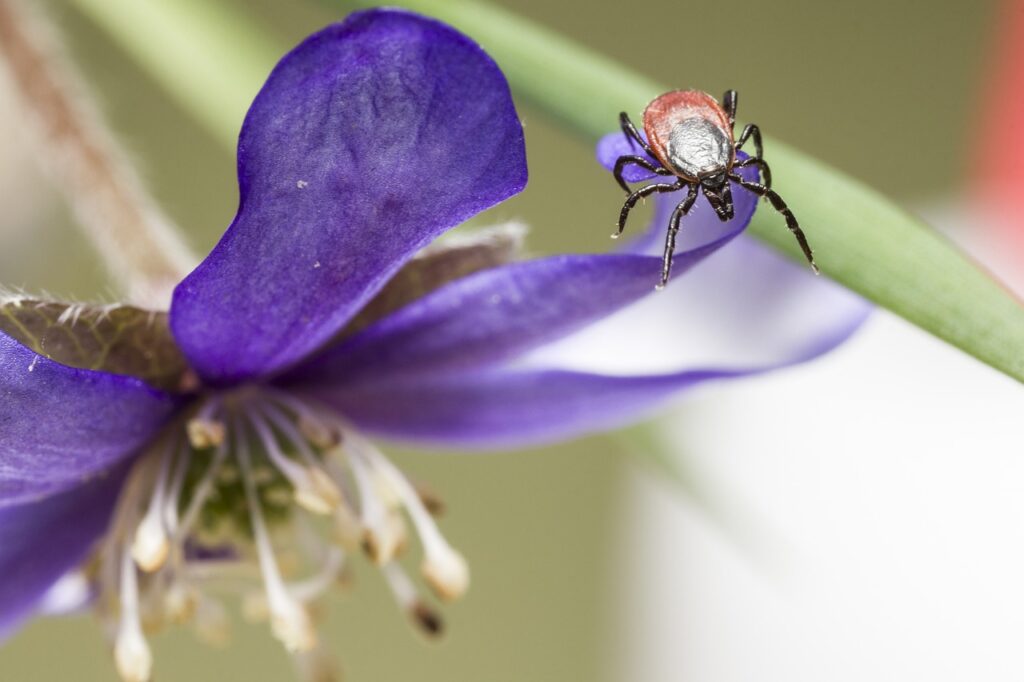
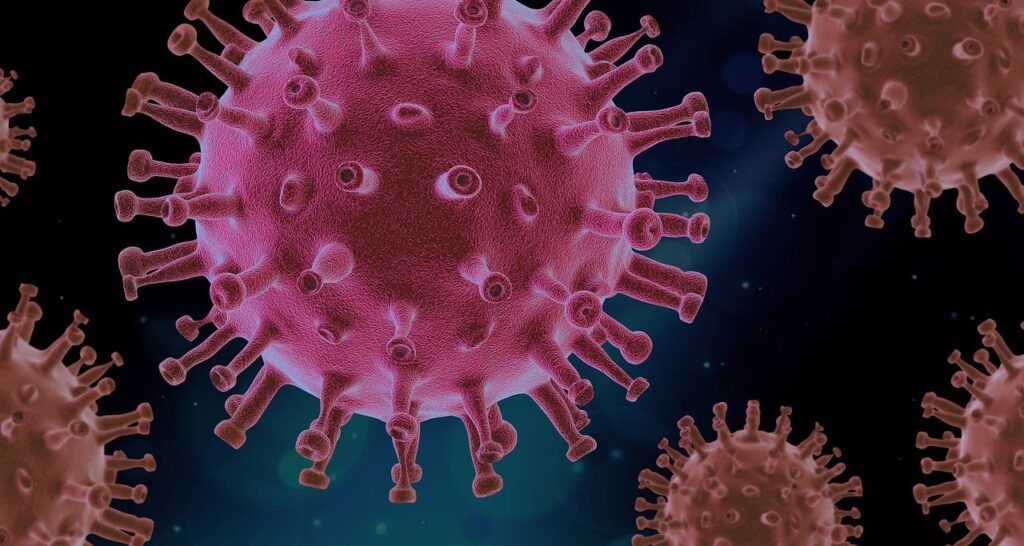

Pingback: Lyme Disease Testing: "I've Had This How Long?!" - Never Alone
Pingback: Did Michaela Have Babesiosis, a Malaria-Like Disease? - Never Alone
Pingback: In the Shadow of Your Wings, I Will Sing - Never Alone
Pingback: Flu Season Robs My Med-Free Victory - Never Alone